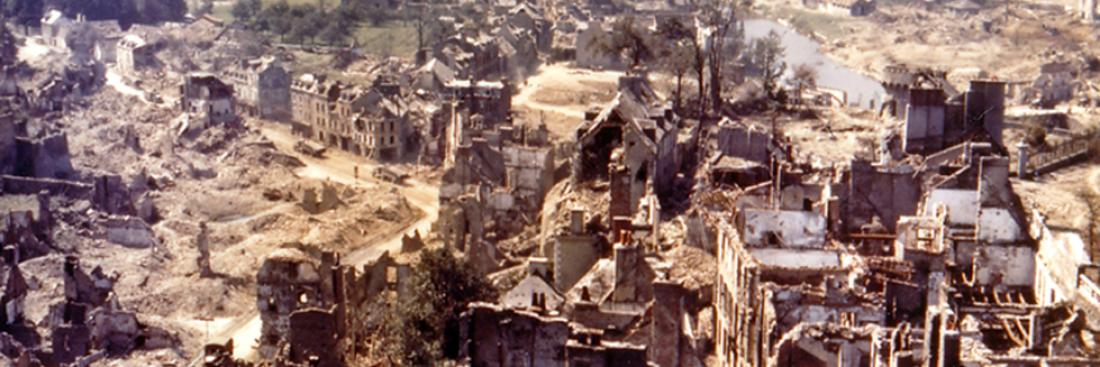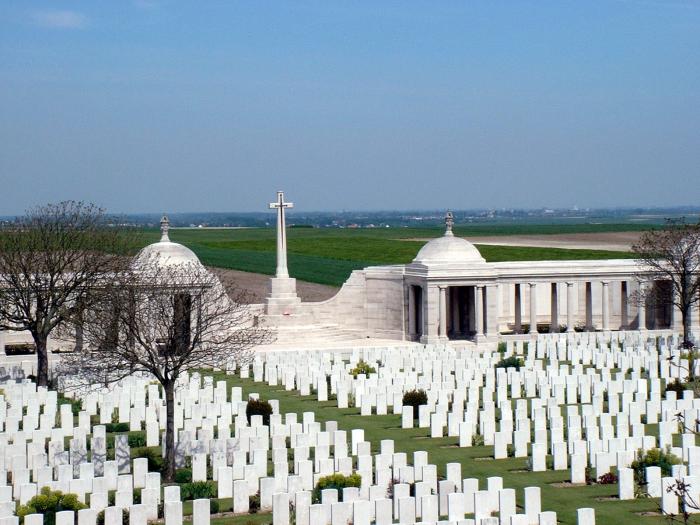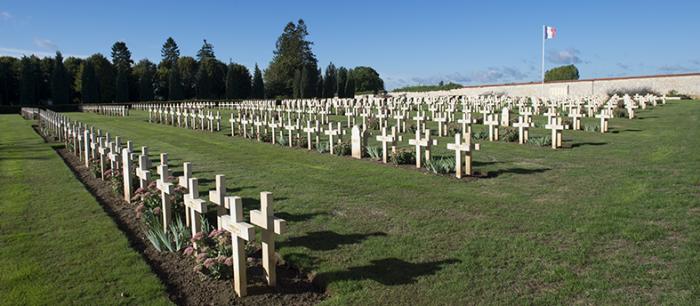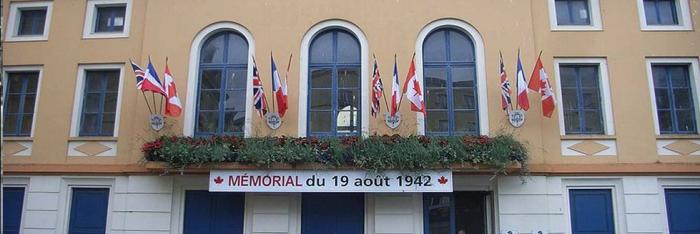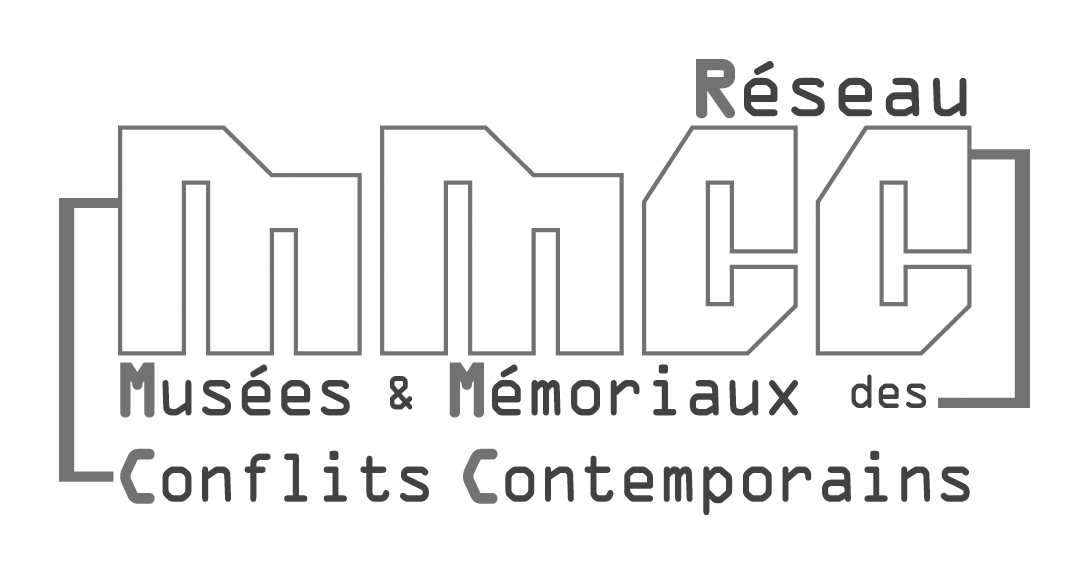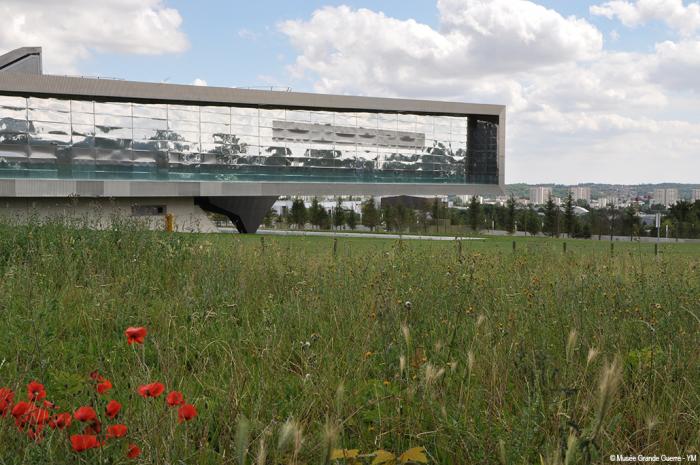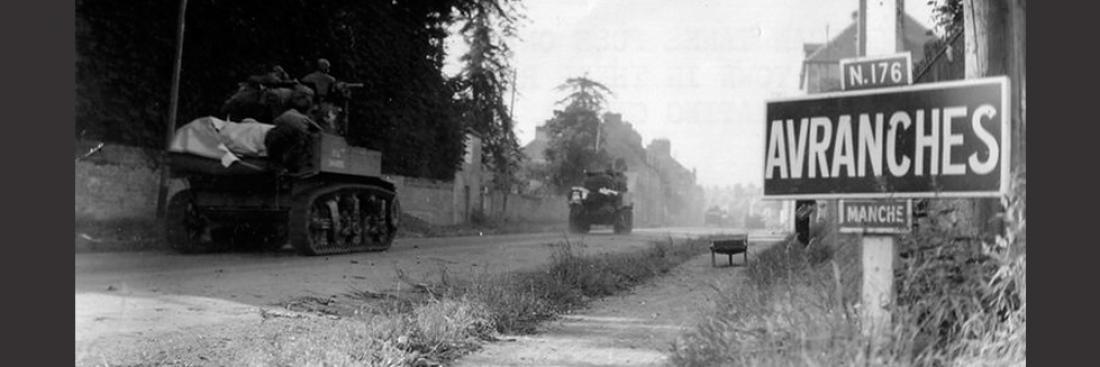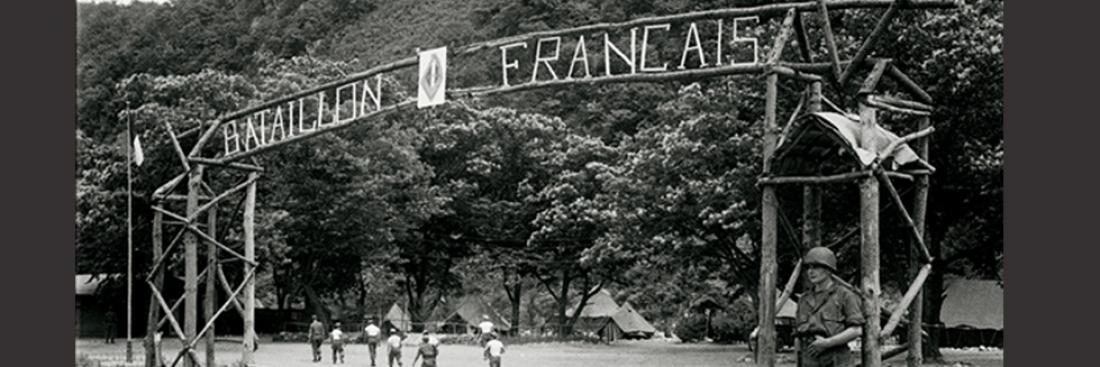Le 11 novembre 2011, la Communauté d’Agglomération du Pays de Meaux a inauguré le Musée de la Grande Guerre. Pointe extrême de l’avancée des troupes allemandes et lieu de la première bataille de la Marne, en septembre 1914, Meaux et ses communes voisines possèdent un patrimoine historique non valorisé et jusqu’alors méconnu du grand public pour qui la Grande Guerre n’est pas associée à la région Ile-de-France. La création du musée rappelle donc, en premier lieu, que le front est bien venu jusqu’aux portes de Paris et que le « miracle de la Marne », un mois seulement après le début des hostilités, est la victoire qui va décider de l’évolution et du déroulé du conflit. Au-delà de la légitimité historique de son implantation, le musée, comme tout équipement structurant, assume la fonction de levier de développement pour son territoire. Il participe à façonner une nouvelle image tout en mobilisant des acteurs différents autour d’un projet commun dont les retombées pourront profiter à tous, tant sur le plan culturel et touristique que sur l’animation de réseaux.
Les origines
Le Musée de la Grande Guerre du Pays de Meaux trouve son origine dans la rencontre entre Jean-Pierre Verney, historien autodidacte passionné et passionnant, qui, pendant plus de 45 ans, a rassemblé quelques 50 000 pièces et documents sur la Première Guerre mondiale, constituant l’une des plus importantes collections privées européennes et Jean-François Copé, président de la Communauté d’agglomération. Ce dernier a fait le pari d’acquérir cette collection en 2005 et de créer un musée sur la Première Guerre mondiale, alors même que Jean-Pierre Verney s’apprêtait à la vendre à l’étranger ne trouvant aucune collectivité prête à l’accueillir. L’échelle de l’agglomération (18 communes, 85 000 habitants) s’est naturellement imposée pour porter ce projet puisqu’un certain nombre de villages qui la compose porte les traces encore visibles de la bataille de la Marne (monuments, cimetières, nécropoles…), dont la tombe du poète français Charles Péguy, tombé le 5 septembre 1914.
Un musée à hauteur d’homme
Dès sa conception, le Musée de la Grande Guerre du Pays de Meaux, a été imaginé pour s’adresser à tous les visiteurs. Son architecture audacieuse et sa muséographie contemporaine, à la fois didactique, sensible et immersive participent ainsi à le rendre accessible au plus grand nombre. Cette proximité avec les visiteurs s’explique en partie par la volonté d’aborder le conflit à hauteur d’homme : la vie quotidienne des soldats, bien sûr, mais aussi celles des femmes et des enfants dans un aller-retour permanent entre le front et l’arrière. Toutes les nations qui ont participé à la guerre sont également présentées, notamment à travers la collection d’uniformes, mais c’est pour mieux tendre vers une universalité de la souffrance et de la violence, quel que soit le camp de part et d’autre du no man’s land.
L’objet au cœur du parcours
Le parcours est volontairement ouvert et non contraint : ceci permet à chaque visiteur de faire son propre cheminement, construisant ainsi sa propre histoire. Le parcours principal, qui présente en symétrie la bataille de la Marne de 1914 et celle de 1918, traduit de manière évidente pour le visiteur le passage du XIXe au XXe siècle. Entre ces deux grandes batailles de mouvement de début et de fin de guerre, la présentation de la guerre de position avec son front constitué de tranchées explicite la notion d’enlisement. Cet espace déployé dans la grande nef du musée permet de présenter de gros matériels (camions, avions, char, pièces d’artillerie…), faisant du musée le lieu unique où l’on peut découvrir la diversité des objets et documents qui témoignent du conflit. Ce parcours principal est complété par un parcours thématique : huit espaces abordent des sujets transversaux au conflit (une guerre nouvelle, corps et souffrances, la mondialisation, une société mobilisée….) multipliant les points d’entrée. La muséographie est différente pour chacun des espaces, rompant ainsi la monotonie de la découverte et créant des ambiances qui relancent l’intérêt du visiteur. Bien évidemment, l’objet de collection est au cœur du dispositif : il fait sens, il prend sens dans son rapport à l’espace et dans le dialogue qu’il instaure avec tous les supports de médiation pour, au final, toucher le visiteur et l’interroger sur sa propre mémoire. Comme on réveille l’intérêt, comme on suscite la curiosité, le musée amène chacun à s’interroger sur sa propre histoire personnelle.
Une médiation innovante
Si dès l’extérieur du musée, le visiteur est interpellé par une ambiance sonore, à l’intérieur des objets à toucher jalonnent tout le parcours. Issus des collections et appelés « objets martyrs », ils permettent au public d’appréhender les matériaux et les formes. Il en est de même pour les outils de médiation qui ont pour objet de rendre le visiteur acteur de sa visite : des lunettes à porter pour découvrir les vues stéréoscopiques en 3D, des objets à peser pour mesurer le poids du paquetage ou de la corvée de barbelés, des objets à deviner dans des niches archéologiques, des jeux ludo-pédagogiques pour comprendre l’impact économique de la guerre ou découvrir les différentes nations belligérantes, des bornes interactives pour approfondir la découverte de la collection… Autant de moyens de rendre la visite attractive et dynamique, en jouant sur différents sens, afin de faciliter l’immersion du visiteur dans un sujet complexe.
Le Musée de la Grande Guerre du Pays de Meaux est aujourd’hui un lieu incontournable pour découvrir l’histoire du premier conflit mondial et le territoire est devenu une destination du tourisme de mémoire. Les années de commémoration du centenaire confortent cette nouvelle dynamique qui, à n’en pas douter, saura se poursuivre alors que le musée fête ses 10 ans avec une saison exceptionnelle en 2021-2022.
